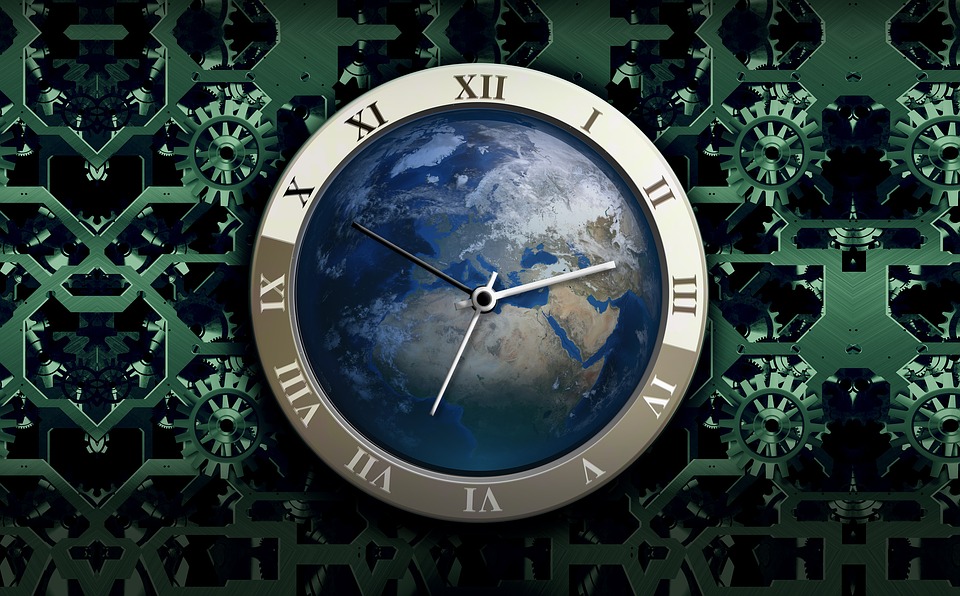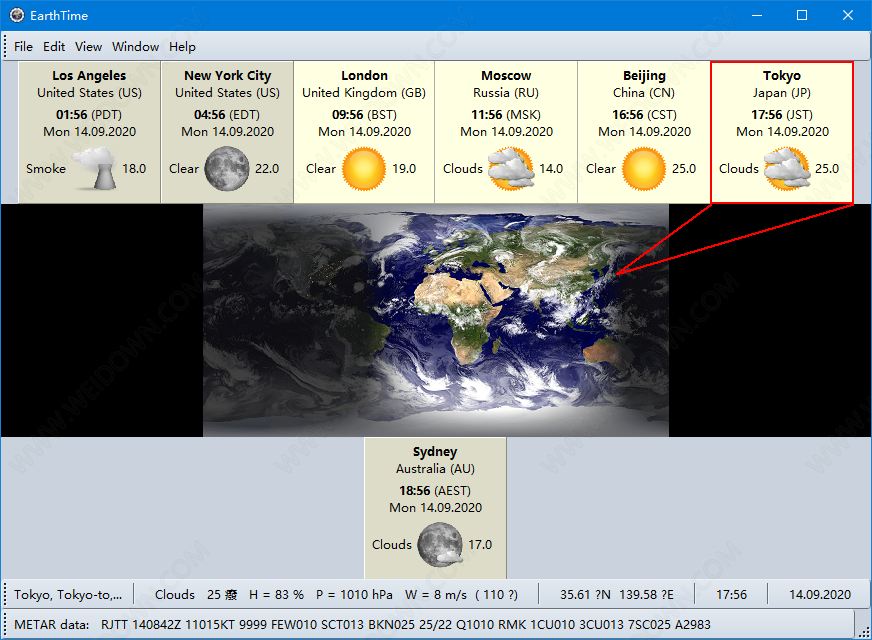
With this new large batch tracer there was an opportunity to undertake a comprehensive tracer calibration exercise – and this is what we did! This experiment involved using gravimetric reference solutions, made by dissolving accurately weighed pieces of high-purity U and Pb metals, with determined isotopic compositions, so we have a solution where the concentration, U/Pb ratio is know through weighing, and the isotopic composition is determined relative to isotopic reference materials.

Now we have a large amount of high-quality mixed U-Pb tracer which can be used to effectively minimise inter-laboratory bias (although, see comments below…), the question is – how accurate are U/Pb dates? This question comes from a need to compare U-Pb dates to absolute rocks and minerals ages that are determined using other decay schemes (i.e., K-Ar and the derivative 40Ar/ 39Ar system) or using astrochronology, which is underpinned by our understanding of the physics of planets and other bodies in the solar system. Calibrate the common mixed U-Pb tracer solution.We estimate there is enough tracer for lots of labs for quite a long time… We took an aliquot and added some 202Pb to make a tracer where Pb fractionation can be quantified, we call this ET2535. So we got a large amount of high purity 202Pb, 205Pb, 233U and 235U and made a large amount of mixed U-Pb tracer which we call ET535. A common mixed U/Pb tracer calibration used in laboratories wanting to carry out ‘high-accuracy’ U-Pb geochronology would allow this source of inter-lab bias to be dialled out. Teflon bottles contain the mother ET535 and ET2535 solutions. The bottom line was – U-Pb ID-TIMS dates from different laboratories did not all agree, even when laboratory specific calibration uncertainties were considered.

This was an action of the EARTHTIME workshop #1 and formed the basis of much discussion during workshop #2. Carry out an inter-laboratory exercise to assess the scale of the problem.The U-Pb ID-TIMS Plan of Action and activities undertaken: so it can be used to help calibrate other decay schemes, and integrate with astrochronologies.
#EarthTime 5 series
In order to really bear down on these issues a plan of action was required, a series of connected experiments were needed to address the following: (1) U-Pb ID-TIMS dates could be better compared between laboratories, (2) to minimise bias between U-Pb ID-TIMS laboratories and develop means where that bias can be better quantified and reported and (3) improve the absolute calibration of the U-Pb system. this was due to a combination of issues, such as systematic uncertainties related to calibration issues (i.e., tracer calibration for U-Pb, fluence monitor for 40Ar/ 39Ar) and ‘laboratory specific issues’. at the turn of the millennium it was becoming clear that dates from different decay schemes, and different laboratories could not be compared at the level of uncertainty often reported. EARTHTIME was grown out of need to ‘standardise’ geochronology so that people who use such dates to understand a wide range of geological processes.


 0 kommentar(er)
0 kommentar(er)
